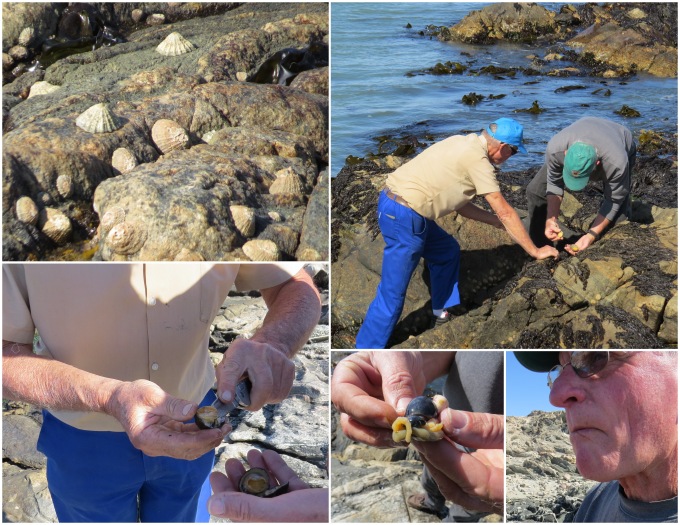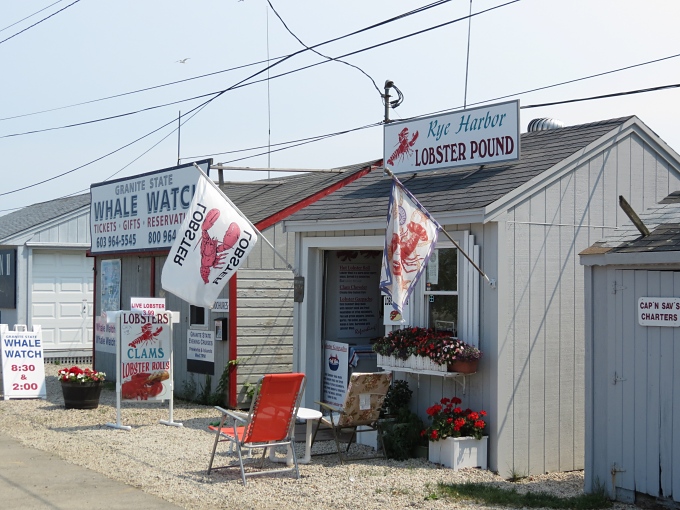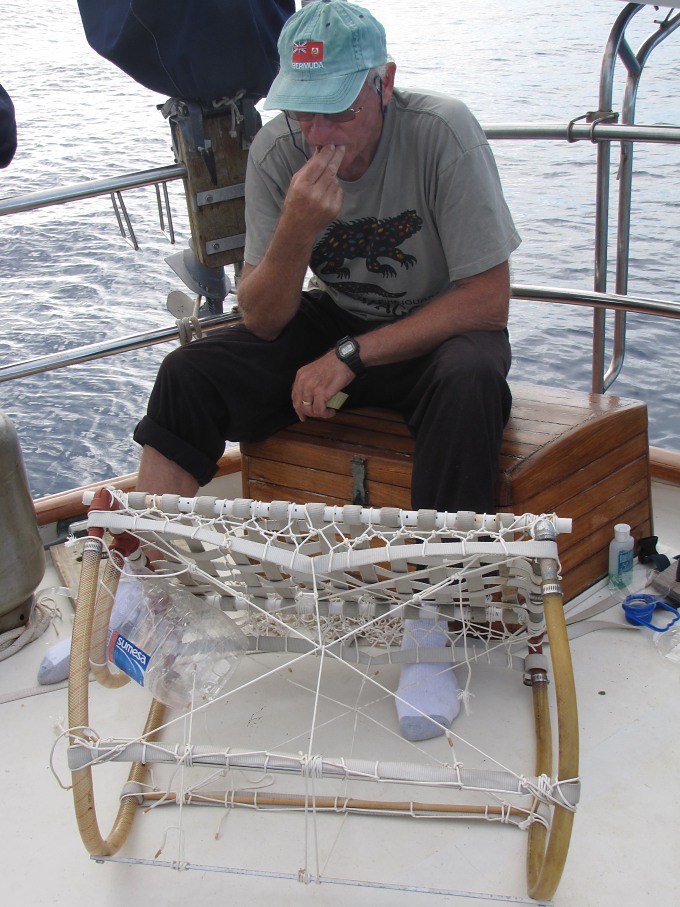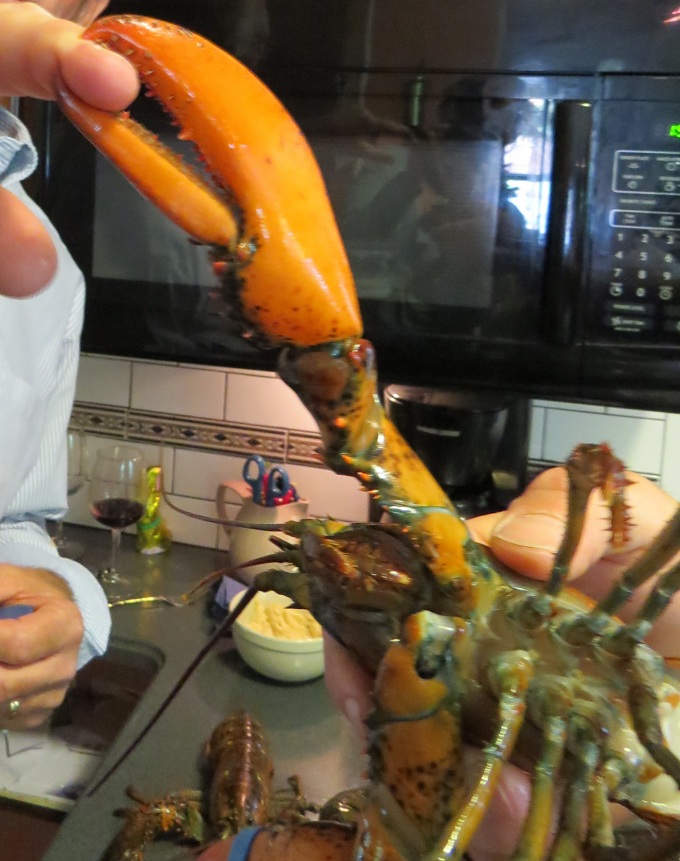A Lüderitz Crayfish Feed
/Whether they're called crayfish, spiny lobster, langouste, or rock lobster, they're superb eating. The official season for collecting crayfish here in Lüderitz is 1 November through 30 April. Ian collects his 7 cray limit most days during season and Doris freezes their in-season catch. They generously invited us to join them for a crayfish feed at their beach shack. Now that's an offer we would not refuse … ever!

We've tried rock lobsters in many parts of the world … Tasmania and New Zealand's Fiordland, Tristan da Cunha in the middle of the South Atlantic, in French Polynesia and in Tonga. In the Islas Aves, tiny Venezuelan islands in the Carib not far from Bonaire, we traded lobster with the local fishermen in exchange for battery charges from our wind generator. That was a great trade! We've seldom bought lobsters; they're usually given as gifts from the local lobstermen. At Pitcairn Island, David even made his own lobster trap. We didn't catch any, but it worth a try!
These lobsters (Jasus lalandii) are not the same as the Maine lobsters (Homarus americanus) I grew up with in New England. We rarely miss an opportunity to have lobster when we're back in Boston for a visit. A visit to Maine and its multitude of lobster shacks boiling up lobsters “in the rough” along the coast is an an obligatory summer event.
Visually, rock lobsters differ from the Maine lobsters because they don't have the large front claws. You mainly eat the tails and the taste is not quite as delicate as a Maine lobster. That said, they're still absolutely delicious and quite a luxury for these sailors.
We helped to lug the lobsters and all the makings for a tremendous beach picnic from the Jeep up to their little beach shack at Kartofelbucht (Potato Bay … who knows why?). Doris had made a salad and there were rolls and dessert and, of course, wine. The guys built a fire in the braai pit (fireplace) and Doris put water on to boil in the potjie (poy-kee) … a small, traditional cast iron pot.
While we waited, Ian suggested we find some limpets to try as an appetizer. The rocks nearby are covered with them and he considers them akin to oysters in taste and texture. Well, we like oysters, so why not try limpets? The guys clambered over the slippery rocks and gathered up a few. Ian used his knife to pry the limpet free from the shell, then … gulp. He slurped it right down. Truth be told, it did not look appealing, but then neither do raw oysters. David tried the next one. “Not bad”, he said. Ian picked a huge one for me, but I whined until he chose and prepped a smaller one. With some reluctance, I slurped it down. It wasn't bad, but I didn't stand in line for seconds. Ian prepared another one for David … a big, disgusting looking thing. David got it down, but the look on his face told me he wasn't all that enthralled with limpets. Enough sampling.
By the time, we got back to the shack, the water was boiling. Ian popped the lobsters in the pot and we sipped wine and chatted while waiting. (Getting the taste of those limpets out of our mouths!)
Once the lobsters were cooked, Ian and David brought them into the shack and …that's where the lobster part of this story ends, I'm afraid. We were so intent on eating them that I totally forgot about taking pictures. Did you ever watch the movie Splash with Darryl Hannah and Tom Hanks?
We gobbled them down without a camera click heard nor a digital memory preserved. In fact, when I searched all my pictures in my entire photo library for just one of us eating lobster over the years, there wasn't one to be found. Once the lobster is on the table, there's no thought given to photos.
But the day wasn't over. After an outstanding meal, we did a quick clean-up, letting the seagulls pick the lobster carcasses clean, and then set out to do some more exploring on the peninsula. Ian's lived here for nearly 40 years and he knows every nook and cranny. Put on your walking shoes and get ready for an interesting tour you won't get anywhere else.















